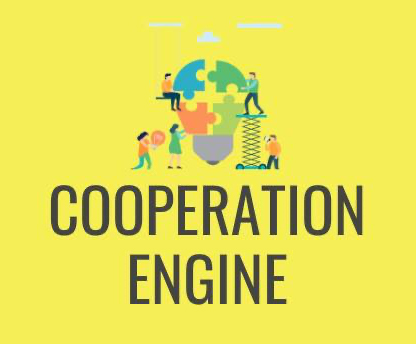-
Mendoza posted an update 2 years, 9 months ago
The Basics
There are quite a few simple steps involved in operating a printer. The printer converts digital images and text into physical copies. By using a driver or specialised software, they convert the file into a language that the printer understands. With the help of tiny dots, the image or text is then reconstructed on the page. In general, the only difference between the various types is how dots are transferred.
Inkjet
Thousands of tiny holes are present in the print heads of inkjet printers. A printer’s tiny openings spray microscopic droplets of ink on the paper rapidly.
Printers use liquid ink composed either of colored dyes or liquids containing suspended solid pigments. It is perpendicular to the print head as it moves horizontally in the machine. Each hole in the print head is activated according to the manufacturer (usually by heat or electric current) and a small amount of ink is pushed out. High-speed droplets form together to recreate the digital text or image being transferred onto the medium during this process. The small dots on the image make it look solid to the naked eye.
Laser / LED
A laser or LED machine, like an inkjet machine, produces an image consisting of many tiny dots that appear solid when viewed in context. However, the method adopted in creating them is vastly different. A laser printer uses dots made of toner, which is a powdered solid material.
Compared to inkjet machines, lasers are much more complex. While inkjet machines rely solely on the inkjet process, these machines involve many more stages of the process. There are three basic components of the process: light source (laser / LED), drum (mono) or multiple drums (colour) and toner.
The drum is charged first, then the laser or LED is shone onto it in the outline of the image to be painted. An array of rollers transfer the powder from the toner cartridge to the drum so that it can be attracted to areas of the drum that have had their charge knocked off. construction hoarding that are charged repel toner particles, while those that are not attract them, which are then pulled onto the drum and stick to images. During this process, the paper is also transported to meet the drum, which then transfers the image onto the page.
An image is created when the paper is passed through a fuser unit (hot roller) that applies heat and pressure to melt the toner particles.
Solid Ink
Xerox’s solid ink printers combine the advantages of both inkjet and laser printing. Inkjet printers use a print head similar to that found on solid wax to spray it onto a large drum unit. Usually, this is done by creating the image on a large metallic roller and then transferring it directly to paper. After drying, you are left with a crayon-like image. It is well known that solid ink printers produce vivid, colourful prints that really stand out.
